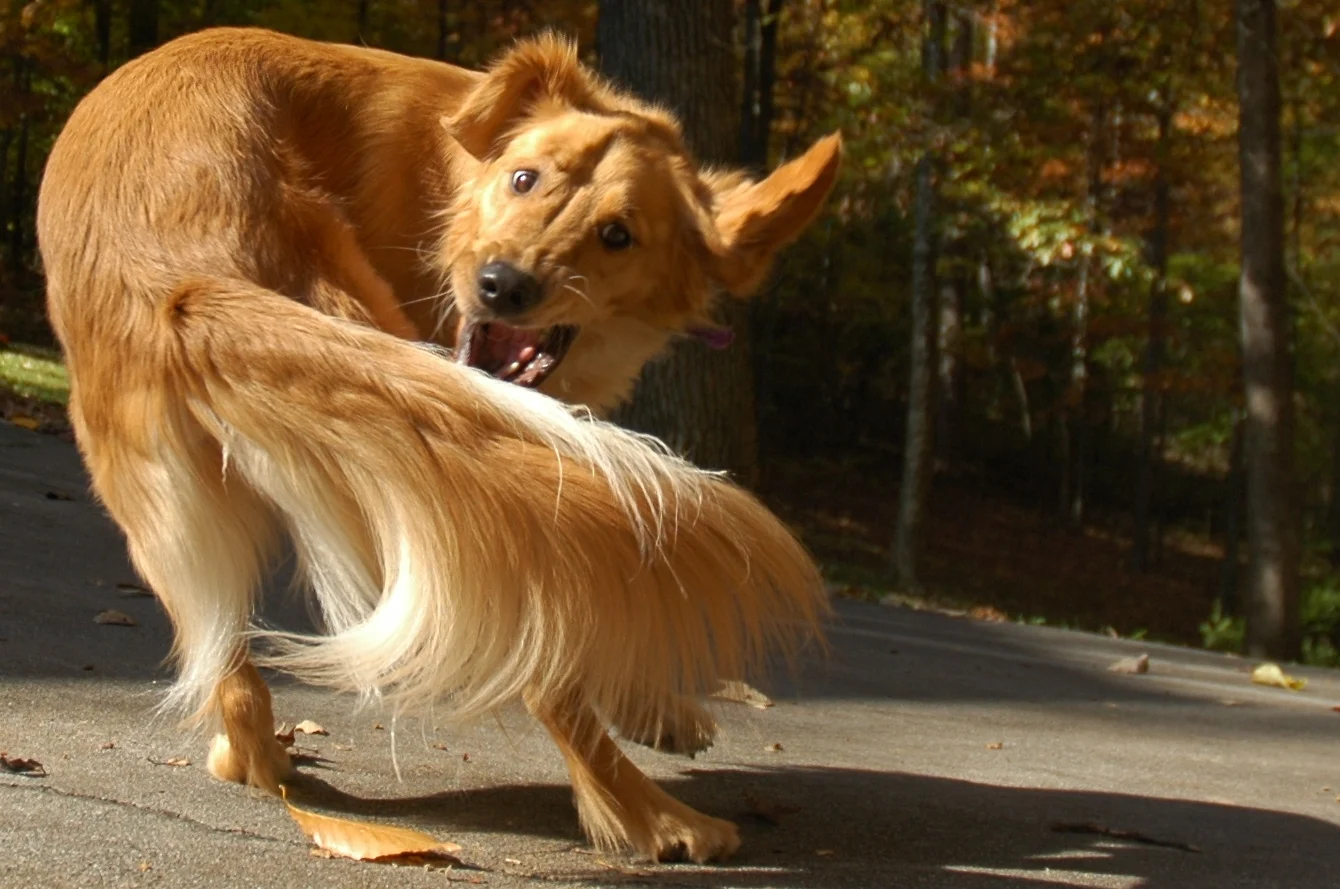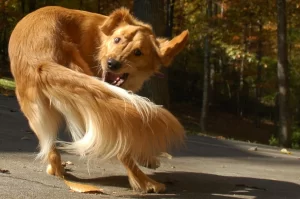The Story Behind the Tails of Dogs


Have you ever been perplexed as to why your dog possesses a tail? Perhaps your dog is devoid of a tail, and you’ve pondered why he is so lacking in comparison to so many of his canine companions who have been gifted with an extra appendage. Dogs’ tails are used for a variety of things. What causes some dogs to have them while others have not? Is it true that dogs lacking tails are at a competitive disadvantage?
In fact, it has been shown that dogs’ tails perform a variety of functions, that tail-wagging is a taught behavior, and that some dogs are born without tails, while others have them removed when they are young.
What Exactly Is the Function of a Dog’s Tail?
The majority of people are aware that a dog’s tail is used largely for communication purposes. When dogs express their feelings to people, it is one of the most clear methods of communication and it is also one of the least likely to be misread. Generally speaking, a broad waving of the tail shows that the dog is pleased and enthusiastic, such as when anticipating a new toy or reward. When a dog’s tail is tucked between its legs, it indicates that the canine is fearful and submissive. If the dog’s tail is straight up and vibrating rather than wagging widely, it indicates that the dog is anxious and in a state of arousal, which is a potentially dangerous warning to look out for. If the dog’s tail is lower and wags only little, it indicates that the dog is unsure of what is going on.
The tail of a dog serves as a communication symbol not only for humans, but also for her canine companions and family. Researchers found that dogs processed visual clues from the long-tailed robot dog considerably more quickly and easily than they did from the shorter-tailed version in a trial in which canines at a dog park were greeted by a robot dog with either a longer or shorter tail.
It is possible that people are not aware of another method in which dogs communicate with one another through their tails. In large part, canines’ perception and interpretation of the environment is based on their sense of smell. A distinctive fragrance is created by specific glands on the hindquarters of each animal. When the dog wags his tail, it helps to disseminate the smell throughout his surroundings. One of the reasons why submissive dogs tuck their tails between their legs is to prevent their scent from spreading. Alternatively, dominant dogs maintain their tails erect in order to effectively disperse their own scent across the environment.
Dogs’ tails, on the other hand, are not just for the purpose of communicating. When dogs are traveling down a narrow surface or making a sudden turn at fast speeds, the appendage acts as a counterbalance, allowing them to maintain their balance more easily.
At What Age Do Dogs Begin To Wag Their Tails?
Even though dogs have the potential to wag their tails when they are puppies, this behavior is not displayed by them when they are very young. Around the age of four to six weeks old, they appear to have picked up on this behavior from their littermates when mingling with one another. This is the stage at which pups begin to acquire dog language, and it is possible that their behaviors toward others will have unexpected repercussions.
The act of feeding pups is a setting in which there is a high likelihood of conflict. Because the mother’s teats are so close together, the older puppies must press together to acquire enough milk. During this stage of development, pups learn to wag their tails as a type of truce signal, indicating that they want the environment to stay pleasant and peaceful, as well as to assuage any hostile impulses that may occur among littermates as they all strive for place.
It is unclear to what extent tail-wagging activity is learnt from the mother and to what extent it is an instinctive trait in children. It’s possible that both nature and nurture are at work.
What Causes Certain Dogs to Be Devoid of Tails?
There are several breeds of dogs who were born without tails, and this is the case for some of them. Several breeds of dogs, including the Boston Terrier, King Charles Spaniel, Pembroke Welsh Corgi, and Australian Shepherd, are affected by a genetic abnormality that causes them to be born with either extremely short or non-existent tails. This genetic mutation is maintained by selective breeding since the breed standard specifies that the tails of these dogs be short or nonexistent.
Other breeds of dogs, on the other hand, are born with long tails, which are typically cut while they are still puppies in order to prevent them from becoming aggressive. In the United States, this is referred known as docking. While it is still prevalent, it is a contentious practice that has been decried as cruel by some, who have advocated for it to be phased out completely.
Officially, the purpose for docking the tails of hunting dogs and other working dogs (such as police dogs) is to prevent harm to the tail from occurring. The notion is that a short tail makes it more difficult for a wild animal or a criminal to grip onto the dog and hurt it. However, due to the extremely low occurrence of tail injuries in working dogs with undocked tails, this theory is highly questionable.
The practice of docking tails believed to have begun in Ancient Rome, when shepherds came to think, for unknown reasons, that docking the tails of herding dogs would protect them from contracting rabies. Today, the technique is still practiced.
In the 18th century, a tax on all non-working dogs was enforced, with working dogs exempted from the charge. There was a lot of overlap between working dogs and pets kept for companionship back then, as there is now. Because a docked tail was one of the distinguishing characteristics of a working dog from a non-working dog, pet owners began docking the tails of non-working dogs in order to avoid paying the fee.
It is believed that dogs with docked tails are more likely to suffer neurological disorders, which is why the procedure is prohibited in many countries. However, these are minor issues, and dogs that do not have tails are seldom at a disadvantage when interacting with their friends since they can compensate with other indications that they are missing.




















